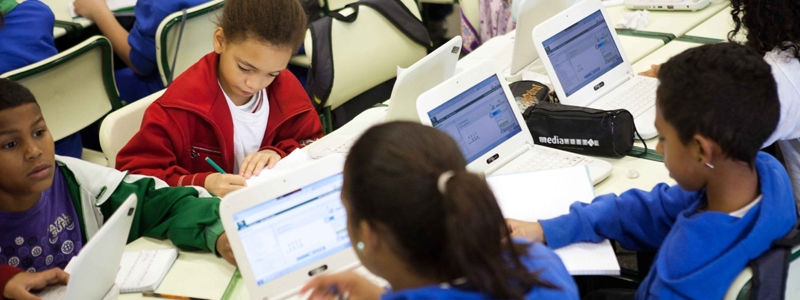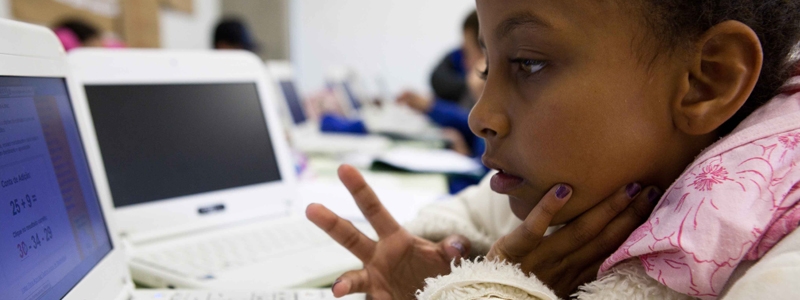Problem: Founded in the United States in 2008 by Salman Khan, the Khan Academy aims to improve and democratize education by means of personalized learning with the use of technology. The project was born when US born Khan, who worked in the financial market, started to record video classes to help his cousins learn mathematics. When the videos were posted on YouTube, the classes were watched by thousands of people and his teaching method became known around the world. When Khan received comments from students, teachers and parents about how the videos had helped them to understand the content, he realized that his classes represented a change in the traditional model of teaching, making it possible to study a concept and practice outside the classroom and as a result, optimize the interaction time between students and teachers.

Solutions: The free platform offers video classes, interactive exercises and challenges that make the personalization of learning possible. It started with mathematics and currently includes other areas such as sciences, IT, arts and humanities, economy and finances. The user can study alone and while practicing, the tool registers how the users applied their time and what they learnt. Then, in the form of graphs, the tool presents the evolution of the user and whether targets were reached or not. With this information, users know if they need to dedicate more time to a subject or if they can move on to a more advanced module. Throughout the process points and medals are earned, and the user’s avatar grows in strength, like in video games, serving as a stimulus.
Teachers use the resources of the tool to guide the students in groups or individually, based on the detailed performance data contained in the reports of each student. As a result, the interaction with students is more productive. The use of the platform can be adapted to the specific needs of each school or group. Alison Elizondo, a 4th grade teacher at Burnett Elementary public school, in California, USA, for example, uses the Khan Academy in the classroom and in the analysis of class performance data. She created a method of teaching, which she christened We <3 2 Learn (We Love to Learn), in which she combines the use of the platform, individualized attention and peer learning.

Outcomes: Students feel stimulated to overcome difficulties to progress through the content, learning at their own pace. Teachers can follow the performance of each student in each specific subject and adopt different teaching strategies for individual needs. The educator can also encourage mutual help between the students, suggesting that those who have mastered a subject can explain the topic to their colleagues.






